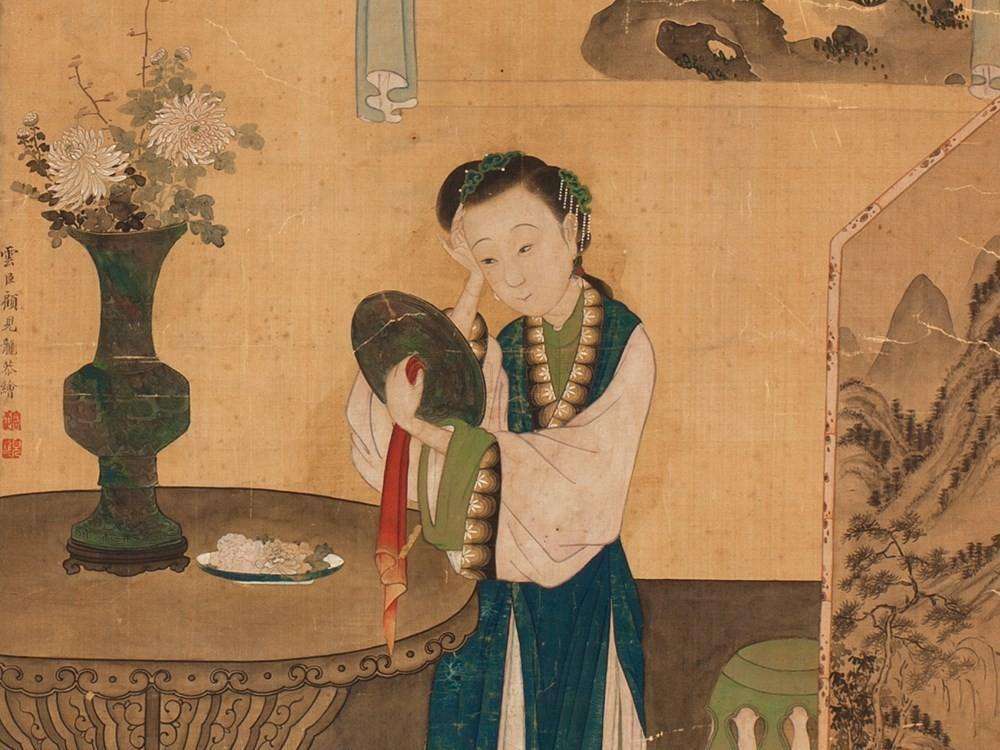Research reveals key roles bronze mirrors played in daily life

The main function of bronze mirrors in ancient China was to help people look at their facial appearance and dress up.
Chinese bronze mirrors originated from the Qijia Culture of the Neolithic Age, and went through the Shang, Zhou, Han, Tang and other dynasties. After glass mirrors appeared in the middle and late Qing Dynasty, bronze mirrors gradually disappeared from people’s daily lives as they were replaced. Over the history of approximately 3,800 years, among all ancient Chinese metal works, bronze mirrors were regarded as the household furniture with the longest service life and the widest range of applications.
The main function of bronze mirrors in ancient China was to help people look at their facial appearance and dress up, so they could observe their image in the mirror, even the tiny hairs of whiskers and eyebrows. But in terms of their artistic value, a bronze mirror was seen as a masterpiece in the treasure house of Chinese culture and art. Since the invention of bronze mirrors, scholars in every dynasty conducted thorough and extensive research on bronze mirrors’ physical functions and manufacturing techniques. Also, the cultural and historical roles of bronze mirrors deserve further study by later generations.
Before the Spring, Autumn and the Warring State periods, most people used water collected in a vessel of some sort as a mirror to see their reflection, and the vessel or basin was called jian in Chinese, literally meaning inspecting, examining and taking lessons or warning from mistakes. So for quite a long time after the invention of bronze mirrors, people still called mirrors jian.
While ancient Chinese people looked at their physical appearance in the mirror, some philosophers thoroughly observed the philosophy of life through mirrors. For example, The Zhuangzi, written by great Chinese philosopher Master Zhuang in the Warring States period, indicated that the mind of a saint is so tranquil that it can reflect heaven and the earth and can be the mirror of all living things. From the perspective of Master Zhuang, the significance of a bronze mirror went beyond its physical function. His writings metaphorically illuminated the relationship between humans and mirrors.
In ancient China, people used a variety of objects as gifts to demonstrate love, such as golden rings, scented sachets and jade pendants. Bronze mirrors were also regarded as a token of love. Many excavated ancient mirrors are carved with the Chinese characters “two of the same mind.” In history, people often used the idiom “a broken mirror joined together” to refer to the reunion of a couple after they lost touch or broke up.
